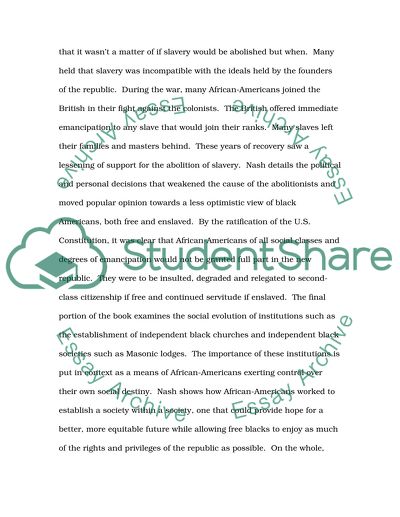Cite this document
(“Gary Nash Essay Example | Topics and Well Written Essays - 2500 words”, n.d.)
Retrieved from https://studentshare.org/miscellaneous/1563585-gary-nash
Retrieved from https://studentshare.org/miscellaneous/1563585-gary-nash
(Gary Nash Essay Example | Topics and Well Written Essays - 2500 Words)
https://studentshare.org/miscellaneous/1563585-gary-nash.
https://studentshare.org/miscellaneous/1563585-gary-nash.
“Gary Nash Essay Example | Topics and Well Written Essays - 2500 Words”, n.d. https://studentshare.org/miscellaneous/1563585-gary-nash.


